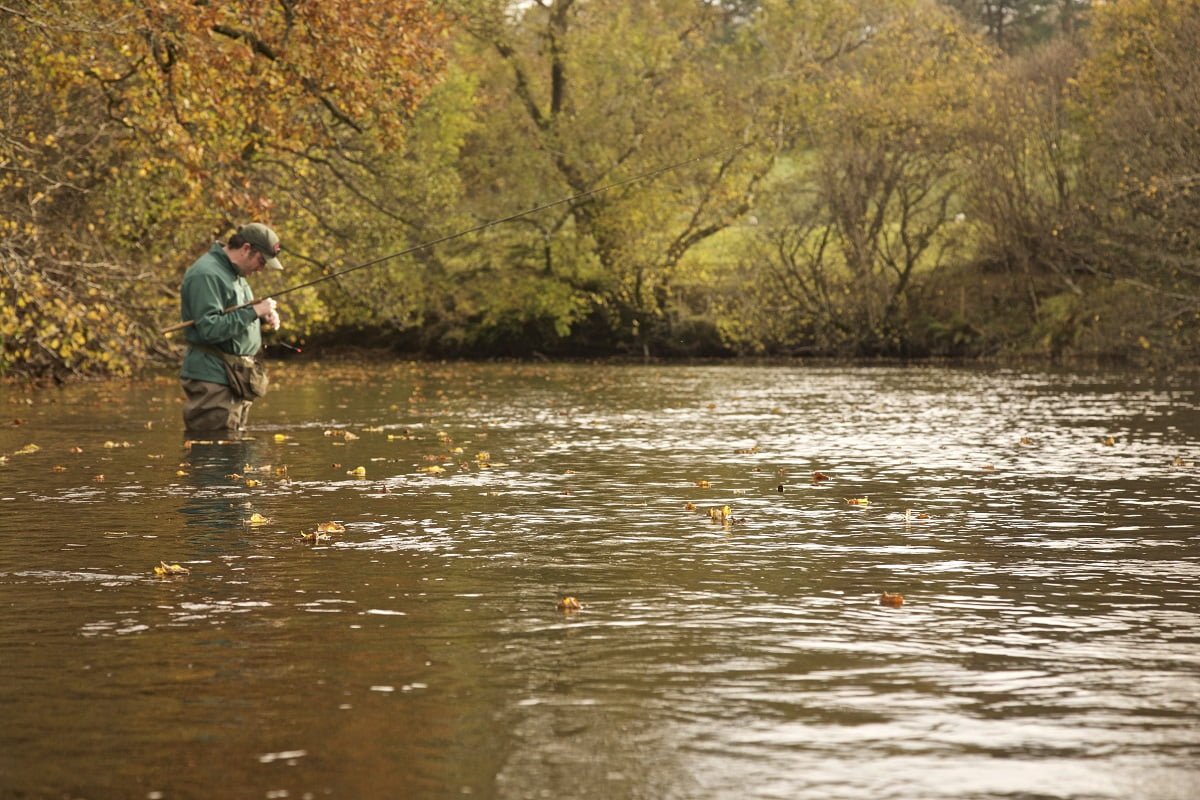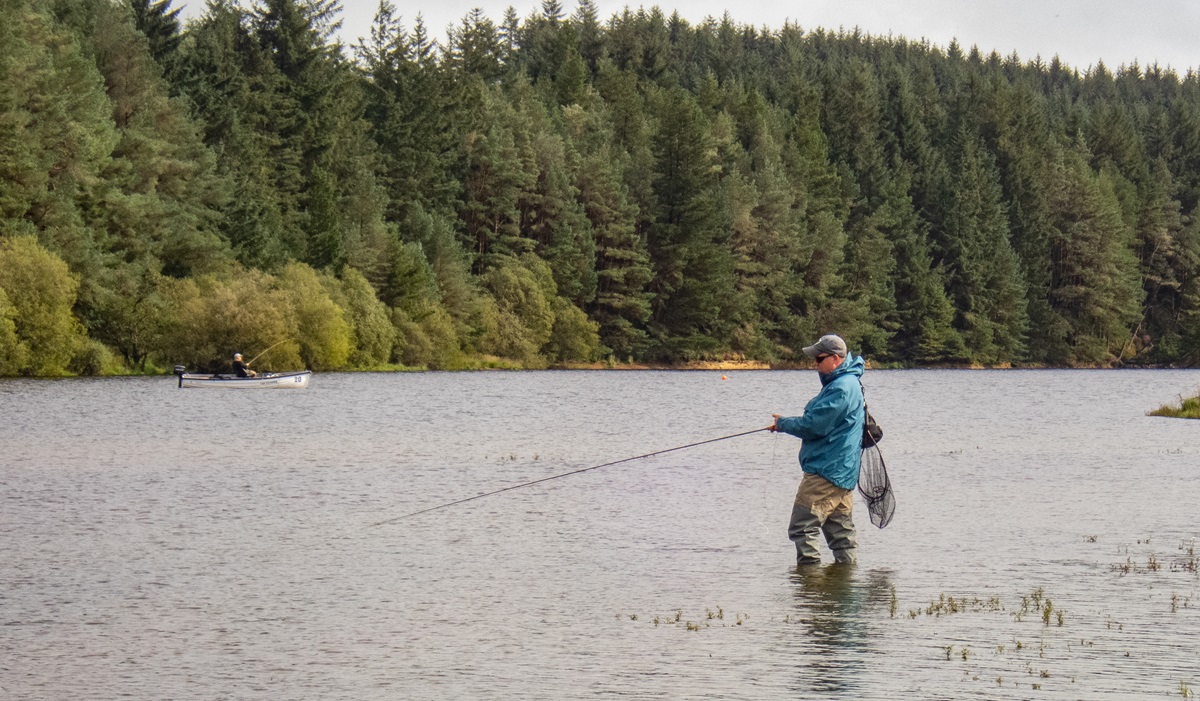The Deadly Art of Long Trotting
Adam Fisher of Angling Dreams talks us through the ins and outs of long trotting on rivers for autumn and winter success with a multitude of species.
I love this time of year; dewy mornings, rich smells from the undergrowth and Welsh Rivers ready for your next adventure. Yes the trout season may be over, but as a river coarse angler the season is only just beginning. Encounters with mammoth pike, warrior chub, and impossibly large grayling.
However, one of my favourite autumn images is that of a stick float making its way down the current, controlled by just your wrist and your thumb – aka long trotting with a centrepin.
Trotting a float is one of the finest ways to fish; you are constantly active and with the float taking a slightly different path with each run down, you become fine tuned to the different speeds and directions of the flow through the water layers. You can explore every nook and cranny with the right float set up, inching your bait through the swim cast after cast.

Waders are an important bit of kit when trotting rivers. Rivers like the Lugg and Arrow are easy going, meandering steadily through open pasture over gravel, on the upper Wye and Irfon it is harder, but with some polaroids, a mate to share the experience as well as for safety, and with some time on your side, you can explore miles of river until you’ve found the perfect run – one that will have you going to sleep with the image of your float in the current, burnt to the inside of your eyelids!
One of the beauties of wading is travelling light. I take no landing net; most fish can be brought to hand and released safely and quickly. No keepnet is required or bag, just a few hooks to nylon and some shot tucked in the front of your bait pouch or in a waistcoat. It’s such simple fishing but will teach you more about the riverbed and the variations in the flow over it than any other method.
When reaching a stretch of river, I always try to find some gravel, ideally towards the tail of a pool or an even depth run, try to avoid boily’ water where there is a ‘washing machine’ effect. Not only will this send your free offerings all over the place but you’ll find it very difficult to get proper presentation. I also always look for areas where leaves collect over gravel, such as on the crease of an eddy. Grayling love to root around in these leafy collection areas. Gravel with tree cover overhead is even better – coarse fish favour cover, which they use to hide from predators and as a food source – grayling on elderberries? Chub on acorns perhaps?

Nearly all fish love maggots, especially when coming at them in a consistent flurry. I start to feed before even running a float through, sometimes I’ll scatter some in a run just to help me gauge the pace and type of flow. Once ready to fish, I draw my casted float over a sprinkle of maggots, then scatter again half way through the trot, then again at the end of the trot – keeping the maggots trickling in. Always put new maggots on every cast, they need to be at their liveliest for most effect – a few seconds submerged in a freezing cold river will sap much of the life out of them. I’ve never tried the old fisherman’s tale of keeping them under your tongue, but warm maggots do wriggle more! Bronze maggots are the favourite choice of the match men – if not coloured from your tackle shop already, you can just add some turmeric bought from your local supermarket. Whites mixed with a few reds are deadly for grayling too – the red ones on your hook acting as a ‘target’ bait.

I always carry hemp, a sprinkle every few trots down just gives the fish something else to think about, in a warm autumn it might even bring some barbel into your swim. Bread is a great change bait too, especially to find out if there’s some big greedy chub hanging at the back of the shoals of grayling and dace. A quick change to a bigger hook and great big lump of flake, and your heart will race as a bigger fish thumps away – amplified after a few hours of catching smaller fish.
Chub make for great trotting sport in their own right and are great fighters on light tackle. Armed with a bag or 2 of Mother’s Pride, 12ft Avon and a pair of neoprene waders, there’s some fantastic winter fishing to be had on Welsh rivers. Mash the bread up in the water and the fine particles create a slick of attractant for hundreds of meters downstream. Fish can be pulled up from a long way off onto a trail of bread mash. Fold a 50 pence size piece of flake over a size 4 hook and you’ll soon find out if they’re there – keep the pressure on when they dive for those snags though!

My advice is to trot the stretch first, using a float to work out what the river bed and the water flowing over it is doing, also of course to find out where the fish holding areas are. If you find lots of small fish, dace, chublets etc then you won’t be far away from the bigger specimens of chub, barbel and, of course, pike.
The Wye and many of its productive tributaries are full of chub, dace and grayling. Contact Angling Dreams, Fishers Tackle shop, or the booking office at the Fishing Passport and they’ll be glad to point you in the right direction.
Words & Images: Adam Fisher
Article originally appeared in the Wild Fishing Wales E-Zine.
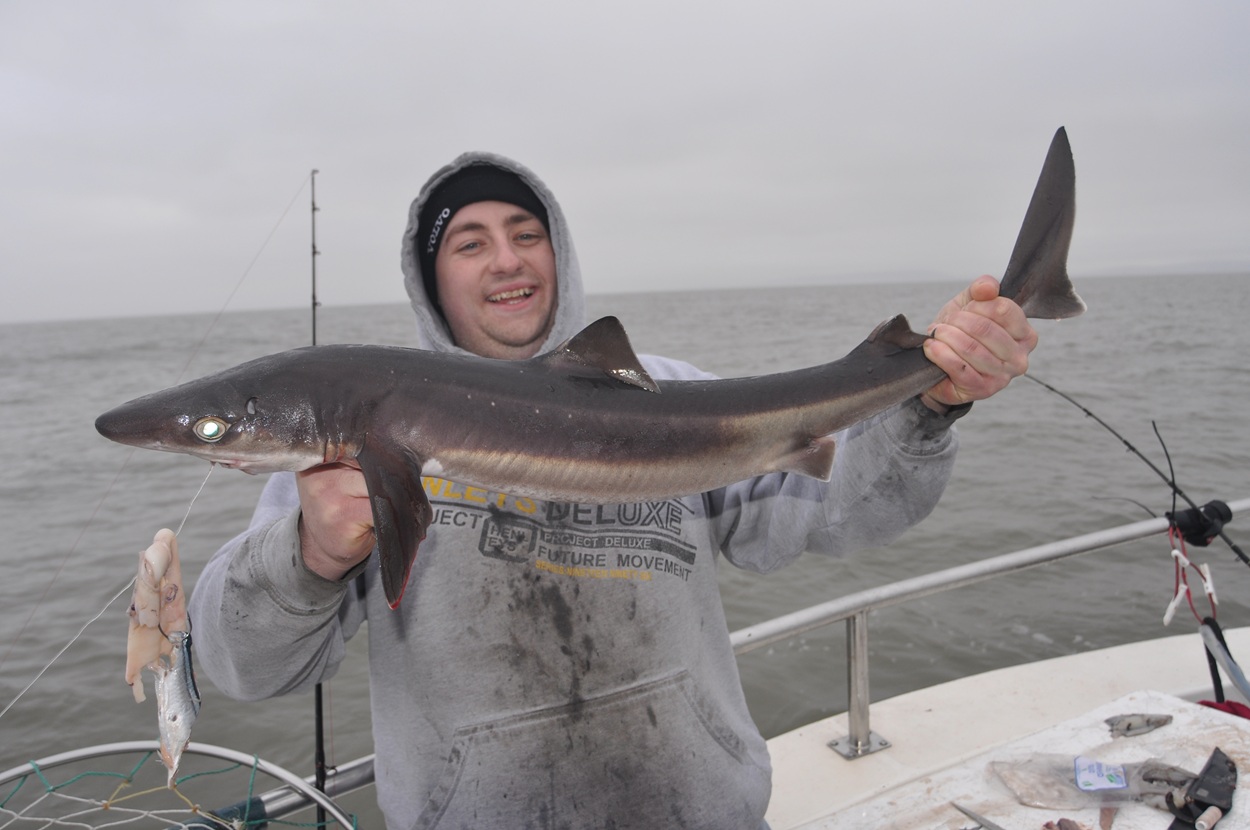
No Cod? Try These! Winter Sea Species to target in Wales
In this latest blog from sea angling writer Dave Lewis we take a look at the winter sea fishing species…
Read More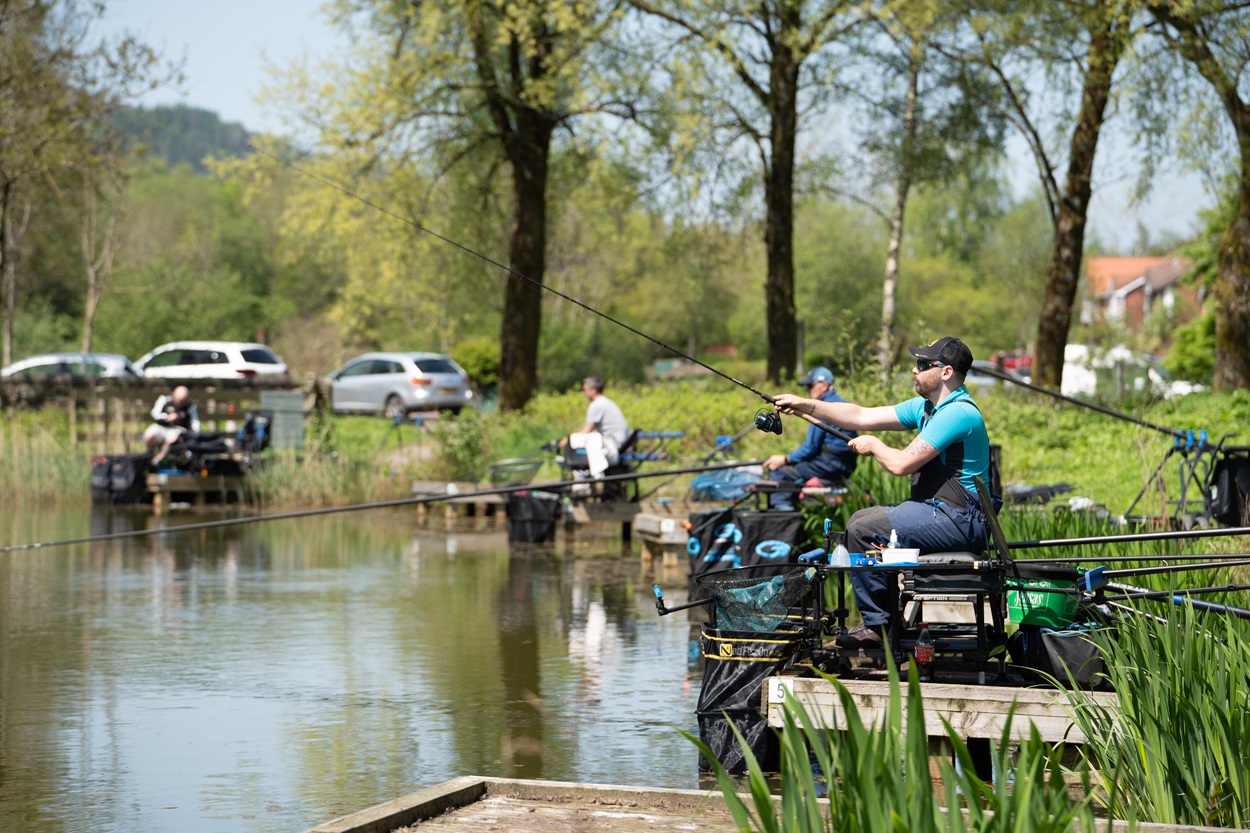
Five fishing resolutions for the New Year
Wales has so much to offer for 2026, with angling opportunities in abundance for seasoned fishers or newcomers to the…
Read More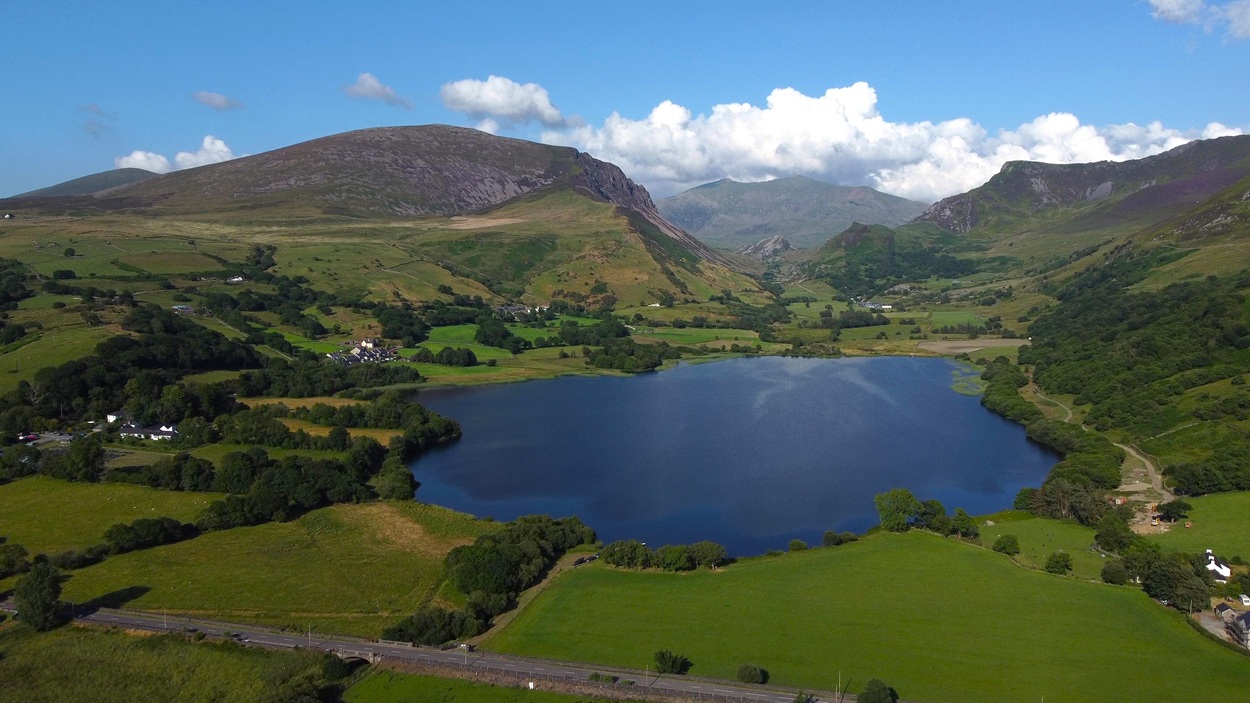
EPIC Welsh Fishing Lakes & Reservoirs from the Sky VIDEO
This cinematic drone montage showcases some of the most epic fishing lakes and reservoirs across Wales, from vast open waters…
Read More
